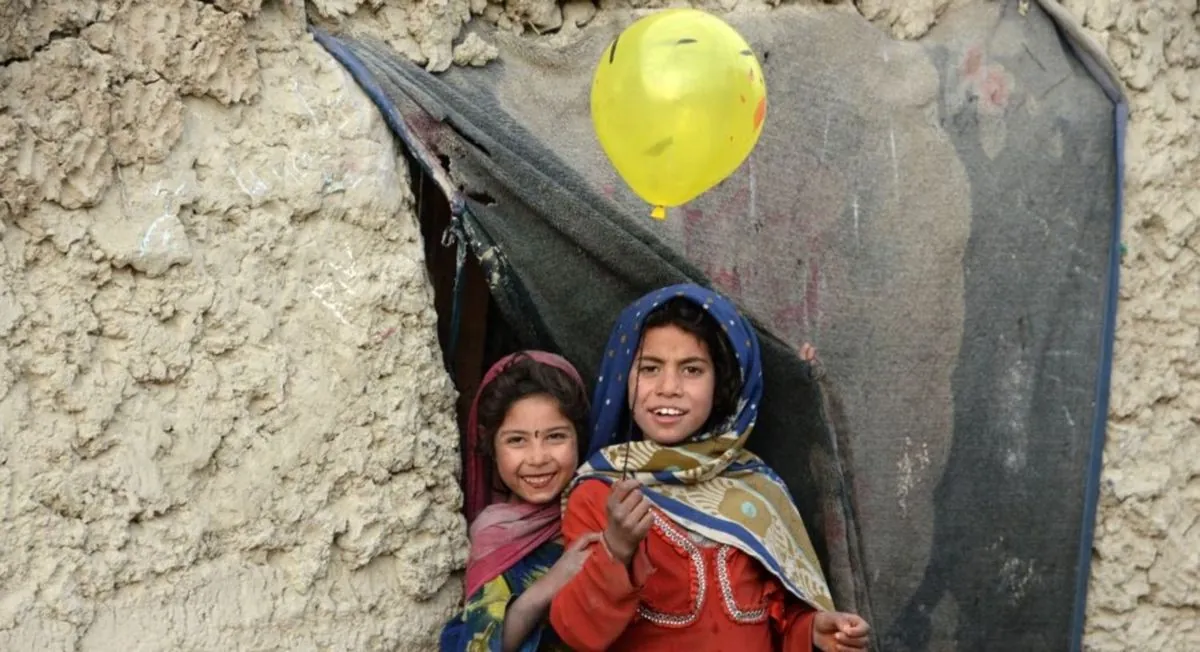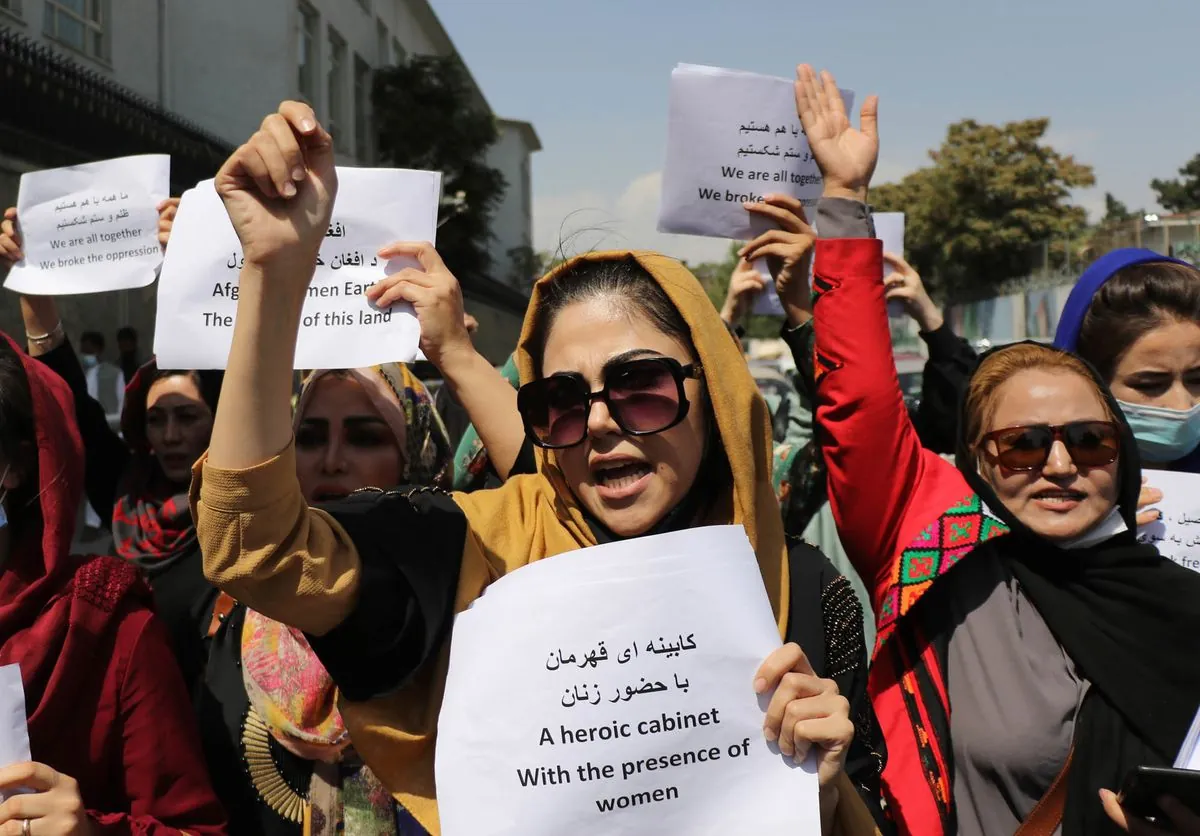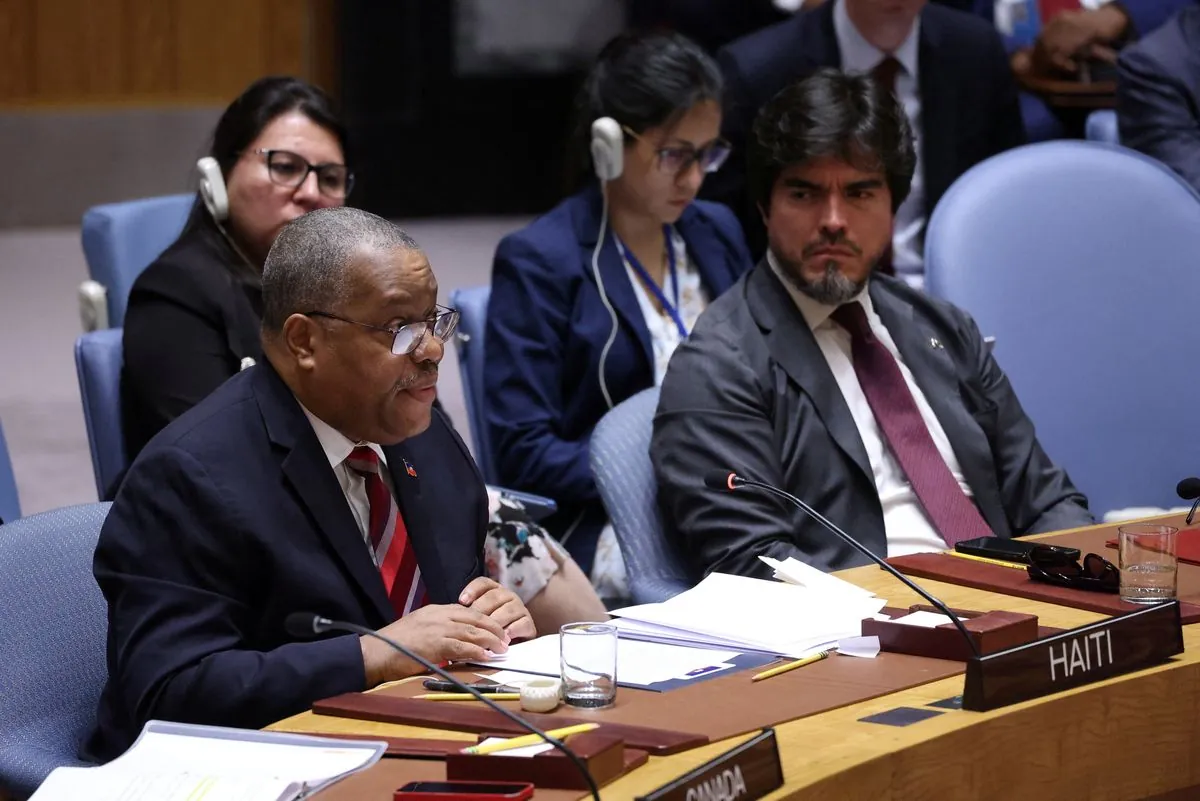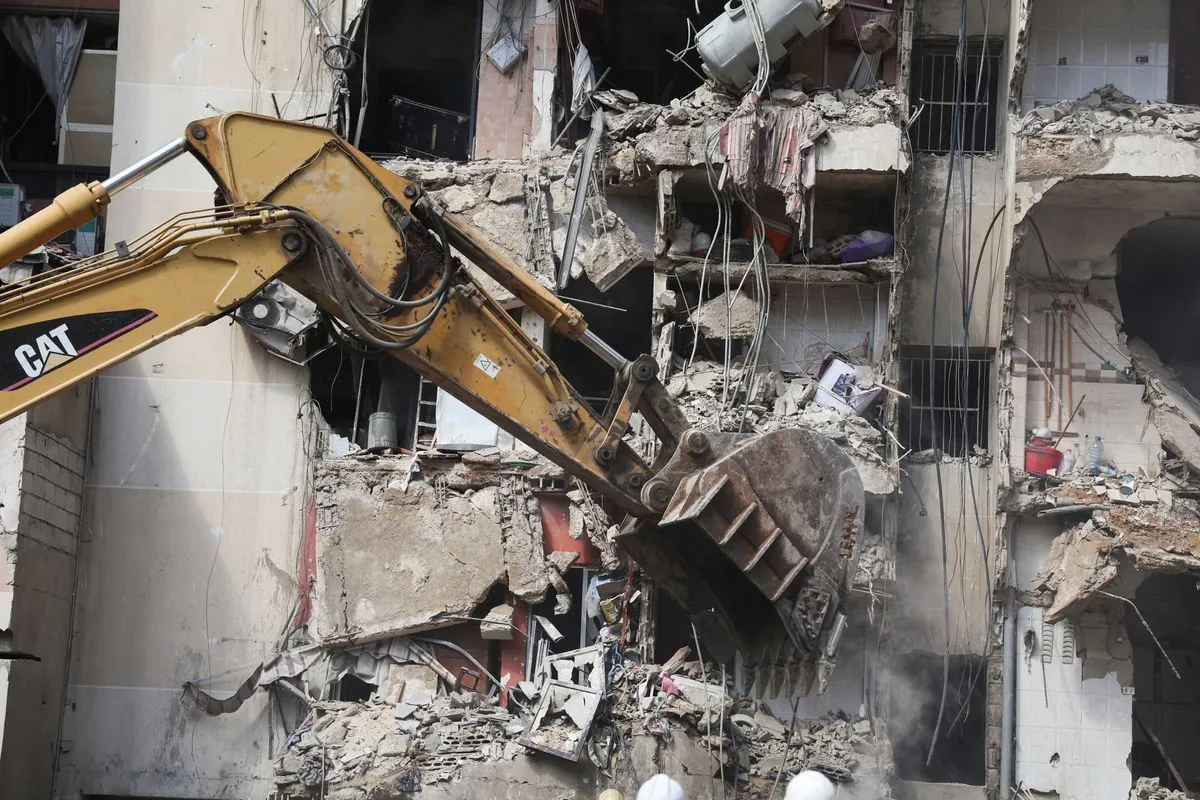Herat Quake: Afghanistan's Struggle with Natural Disasters and Aid
A year after a devastating earthquake in Herat, Afghanistan grapples with recovery amid dwindling foreign aid. Survivors face ongoing challenges as the country's preparedness for future disasters remains uncertain.
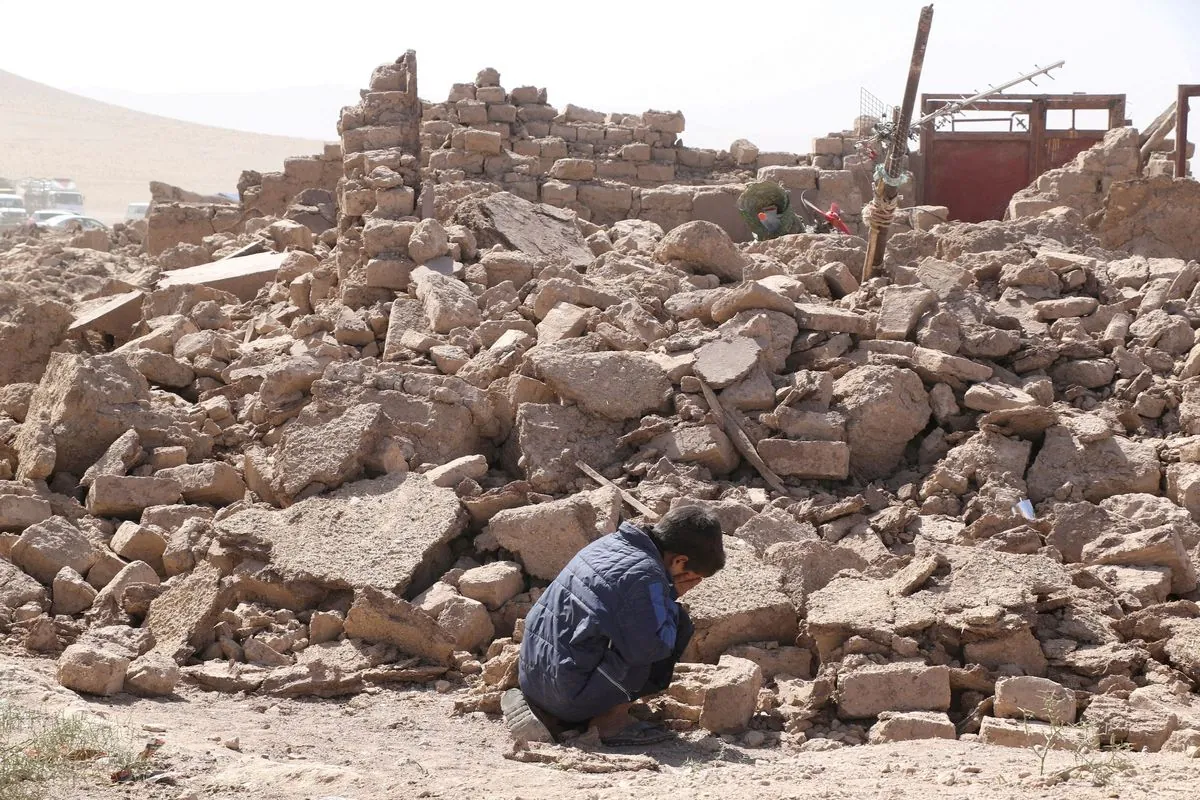
On October 7, 2023, a 6.3 magnitude earthquake struck Herat province in western Afghanistan, causing widespread devastation. The disaster, which occurred in a region prone to seismic activity due to its proximity to the Hindu Kush mountain range, resulted in significant loss of life and property damage. Estimates of the death toll varied widely, with the Taliban government reporting at least 4,000 fatalities, while the United Nations provided a lower figure of approximately 1,500.
The earthquake presented a major challenge for the Taliban administration, which had seized power in August 2021. Afghanistan, a country with a rich history dating back to the 6th century BCE, has been grappling with numerous issues, including economic hardship, international isolation, and the lingering effects of decades of conflict. The disaster further strained the nation's limited resources and highlighted its vulnerability to natural calamities and climate change.
In the immediate aftermath of the earthquake, the Taliban government mobilized efforts to assist survivors. Ismatullah Rahmani, a resident of Zinda Jan district, the epicenter of the quake, acknowledged the initial response: "At that time, the government really cooperated in transporting patients and the dead. They opened hospitals and provided water and food to people for free." However, he noted that aid eventually ceased, leaving survivors to rely heavily on charitable organizations.
The earthquake's impact was particularly severe due to the traditional construction methods used in the region. Many homes, built with mud and timber, were completely destroyed. This vulnerability underscores the need for improved building practices and disaster preparedness in a country where the literacy rate for adults is approximately 43%.

Charities and non-governmental organizations (NGOs) played a crucial role in the recovery efforts, providing shelter, medical assistance, and other essential services. The International Rescue Committee established feeding corners for mothers and children, repaired water systems, and offered emergency cash and hygiene kits. However, the sustainability of these efforts is in question as international funding for Afghanistan has received less than a third of its target.
The decline in foreign aid can be attributed to several factors, including donor fatigue, changing global priorities, and widespread opposition to the Taliban's treatment of Afghan women and girls. Mark Calder from World Vision International noted, "There is donor fatigue, for sure, but perhaps the bigger problem is a nervousness from many donors about supporting anything but the most urgent life-saving aid."
The Taliban's restrictions on female education and employment have been a major point of contention with the international community, hindering the country's prospects for diplomatic recognition and continued aid. This situation is particularly concerning given Afghanistan's high maternal mortality rate and the potential benefits that quality development assistance could bring to women and girls.
"International recognition of the Taliban as the legitimate government of Afghanistan is nearly impossible while restrictions remain on female education and employment."
As Afghanistan approaches the one-year mark since the Herat earthquake, survivors continue to face significant challenges. Gul Ahmad Osmani, who lost four children in the disaster, expressed concerns about the ongoing seismic activity and the safety of newly constructed houses. "There are still earthquakes and these new houses are heavy," he said. "Children are afraid. The help for the earthquake did not help us."
The situation in Herat province serves as a stark reminder of Afghanistan's vulnerability to natural disasters and the complex interplay of factors affecting its recovery and development. With a young population (median age of 18.4 years) and rich mineral resources, the country has potential for growth. However, ongoing political challenges, limited infrastructure, and decreasing international support continue to hinder progress.
As Afghanistan faces an uncertain future, the need for improved disaster preparedness and sustainable development remains critical. The international community's approach to engagement with the country will likely play a significant role in shaping its ability to respond to future crises and provide for its population.
